More Taste, Less Waste: 23 Simple Yet Genius Cooking Tips
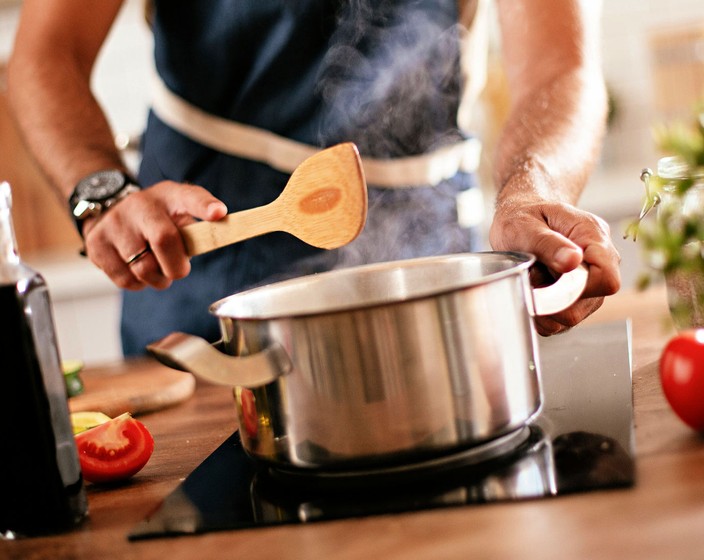
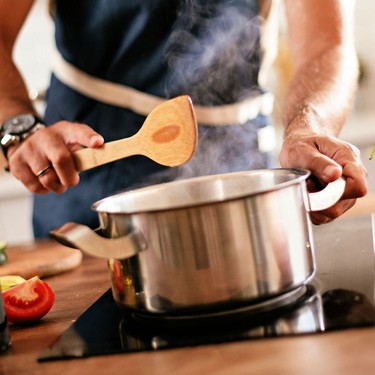


Do you ever feel like wasting food and not getting the most out of your ingredients? Well, you're not alone. There's always a way to make things better when it comes to cooking. And we all could learn more ways to cook efficiently and reduce food waste.
We have compiled 23 simple cooking tips anyone could use to maximize the flavors, minimize waste, and save money. You don’t need special equipment or complicated cooking techniques to master these downright genius kitchen hacks!
Many seasoned cooks and chefs know the power of parmesan rinds. Don’t get rid of this “food scrap.” Instead, use parmesan rinds to add umami to stews, sauces, and risottos.
Add parmesan rinds to your soups and broths, and let the cheese release all of its flavors and enrich them.
Let the rinds simmer and remove them from your dish before serving.
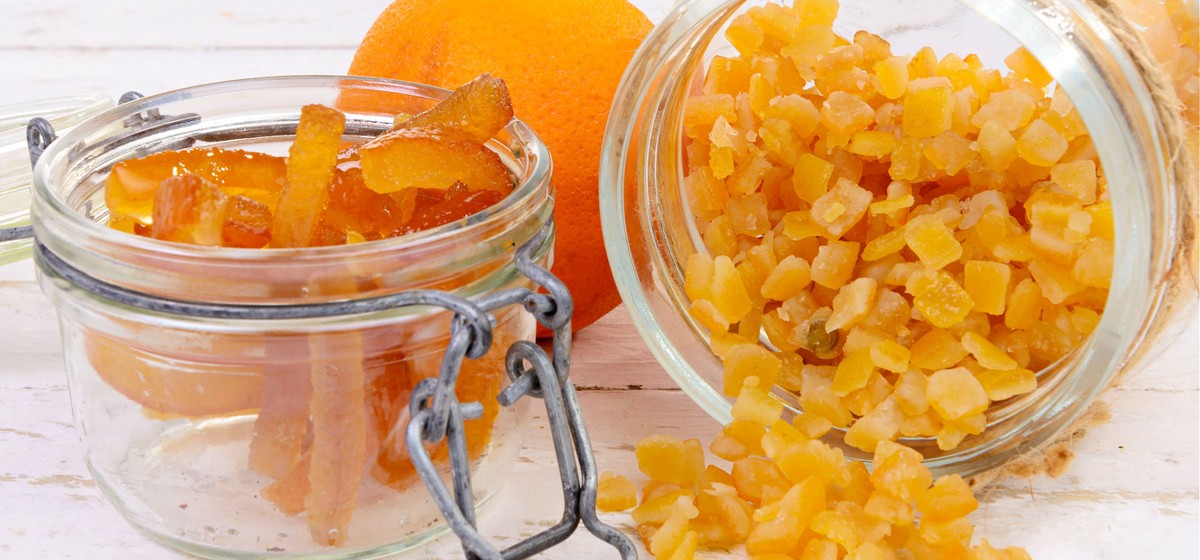
You can use lemons, oranges, limes, grapefruits, and the rest of the citrus fruit family in their entirety. In fact, the peels contain some of the most precious nutrients, like Vitamin C and fiber.
There are several ways you can get the most out of your citrus peels:
To make candied peels, you must remove most white fiber. Cut the peels into strips and boil in water for 10-15 minutes. Remove them from the heat, drain and rinse in cold water.
In a saucepan, make sugar syrup by mixing 1 part water and 1 part sugar and bringing it to a boil.
Once the sugar is dissolved, place the peels in the syrup, bring to a boil, reduce the heat and let simmer for 30-45 minutes until the peels are soft.
Toss the candied peels in more sugar and let them dry.
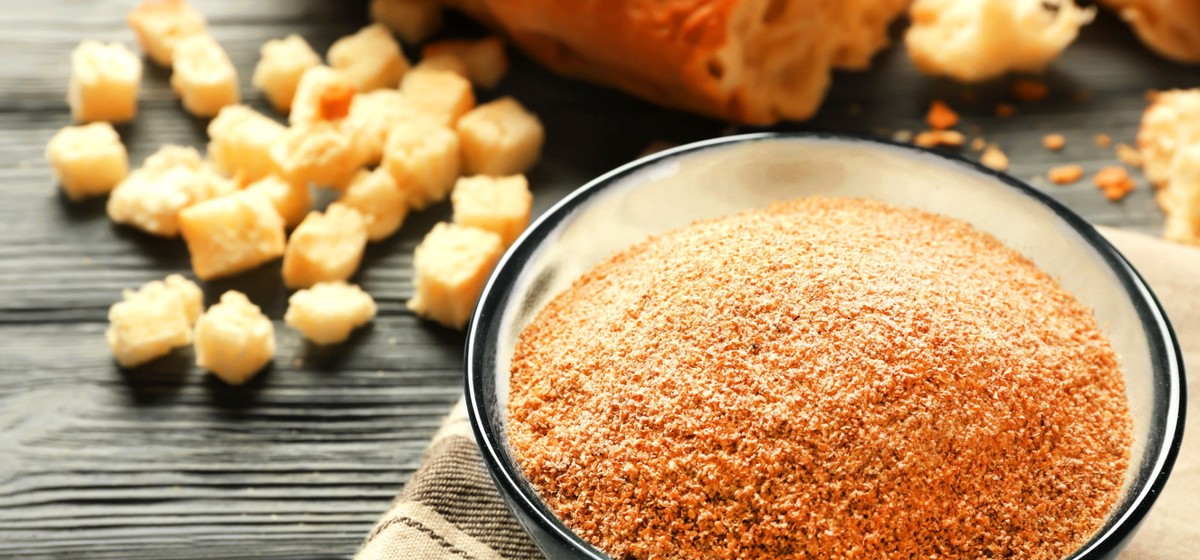
Put stale bread to use by making some homemade fresh or dried breadcrumbs and croutons.
It’s easy to purchase any part of the chicken you need for a recipe, all cut and prepped for you, but if you want to get the most out of this popular protein, consider purchasing a whole bird. You can always roast the entire bird or cut it up yourself.
There are several advantages to buying a whole chicken:
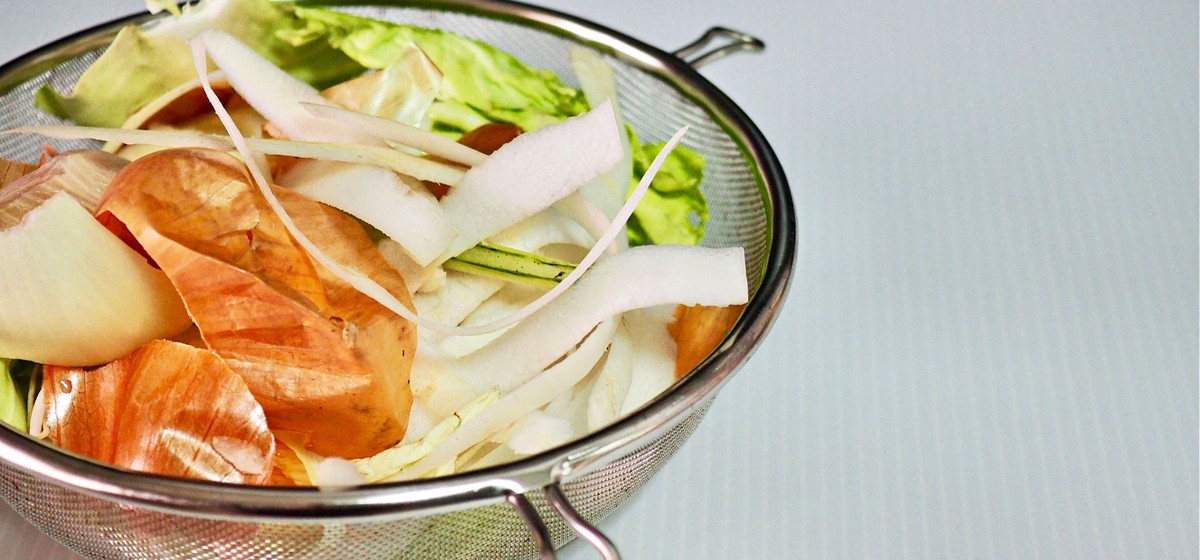
Don’t throw away any leftover vegetables or scraps, but make a homemade vegetable stock instead.
If you cook a meal every day and don’t produce much waste each time, save the veggie scraps in a ziplock bag and freeze until you have enough to make a flavorful broth. You can also use the veggies that are about to go bad and need to be used right away.
You can save most of your vegetable scraps for stock:
The list goes on and on. To make a vegetable stock, place your scraps into a pot, cover with water, add a bay leaf, bring to a boil and simmer for 10-15 minutes. Strain the stock through a fine mesh sieve and use it whenever necessary. You can store it in the fridge for up to 4 days or freeze it for up to 4 months.
Don't trash potato skins - Potato Peel Chips are a great way to use leftover potato peels. Crispy, crunchy, salty, and zero waste. Make sure you wash the potatoes thoroughly before making the chips.
Don’t rush to throw it away when you have just a little jam left in the jar. One of the best ways to use leftover jam is making a homemade salad dressing right in the jar. Add some vinegar, olive oil, salt, pepper, and maybe a fresh herb into the jar and shake it - delicious zero-waste homemade dressing ready in minutes.
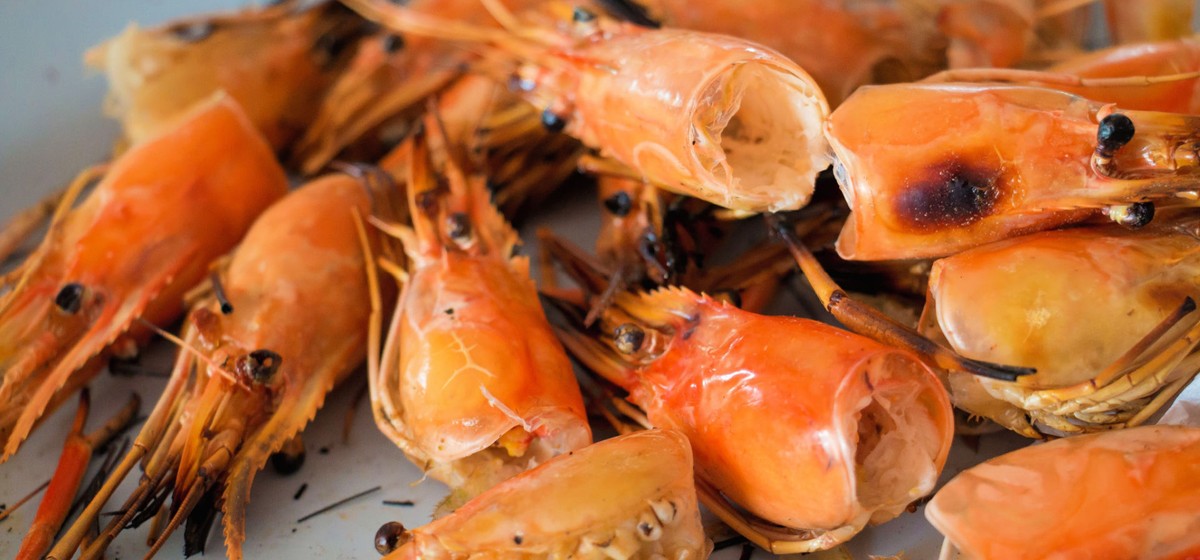
If you’re a fan of this delicious crustacean, you need to utilize every part of it and extract all its flavor. Shrimp flavor is not just in its tail; you can get even more umami from the heads and the shells.
Lightly toast the shells and heads on a skillet to extract more flavor. Transfer them into a pot filled with water, add a roughly chopped onion and a couple of garlic cloves if you’d like, bring to a boil and simmer for 45 minutes to an hour—season to taste, and add a generous splash of white wine in the last minutes of cooking.
When the stock is off the heat, strain it through a fine mesh sieve and allow it to cool. You can refrigerate it for up to 3 days or store it in the freezer for up to 3 months.
Shrimp stock turns out incredibly flavorful. You can use it in seafood chowder, gumbo, seafoor risotto, jambalaya, and many other dishes.
For homemade shrimp oil, you will need shrimp heads and vegetable oil. Heat the oil in a saucepan and carefully add in your shrimp heads. Once they turn nice pink color and all the liquid evaporates, turn the heat off. Remove the shrimp heads from the oil (we can use them further), strain the oil, and transfer it into your storage container. Shrimp oil should be a beautiful orange color.
You can store it in the fridge for up to a week or freeze it into portion-sized cubes using an ice tray. Shrimp oil is a delicious umami agent you can add to any savory dish that can use an extra level of flavor.
To make shrimp paste, you will need the following:
Place the fried shrimp heads in a mortar and crush them together with a couple of cloves of garlic and a pinch of salt (alternatively, you can use a food processor). Gradually add some soy sauce and a couple of tablespoons of shrimp oil. Keep crushing and mixing the ingredients until it looks like a loose paste (add more oil if needed). Push it through a fine mesh sieve and store it in the fridge.
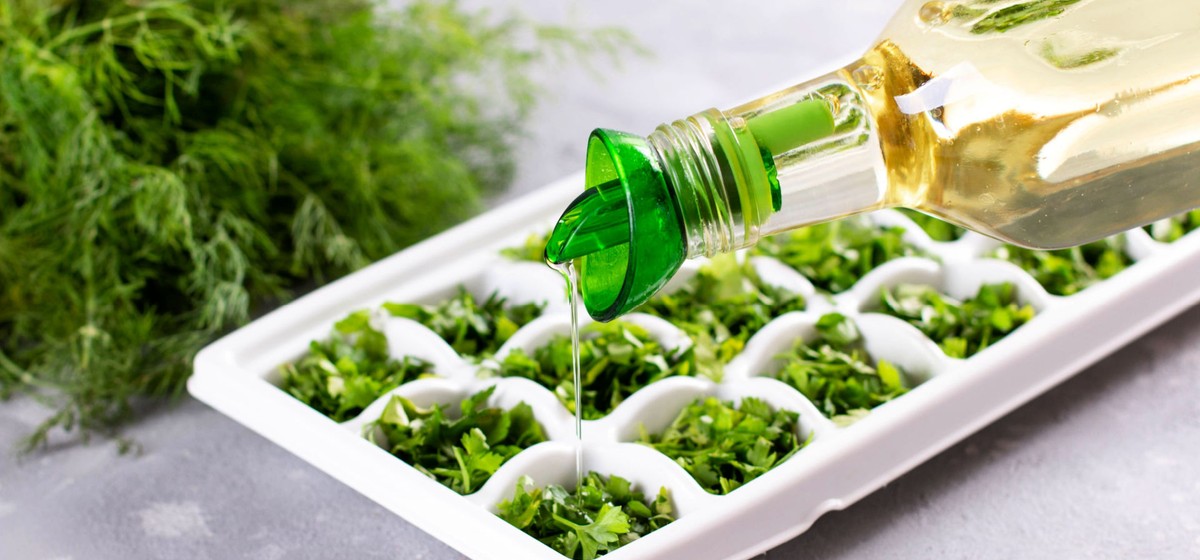
Freeze the excess of rosemary, thyme, cilantro or any other aromatic herb in olive oil or clarified butter. Simply fill an ice tray with chopped herbs, add the oil, and place in the freezer. These aromatic ice cubes are full of flavor and can come in handy when you are making soups, stews, salads, stir-fries, sauces, pasta, and rice dishes.
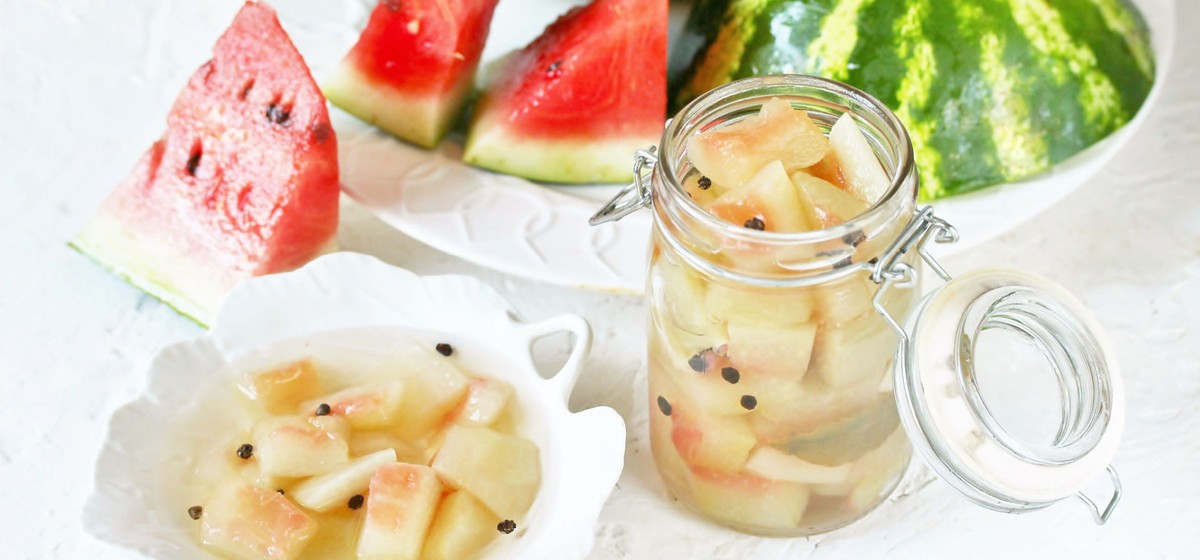
Pickled watermelon rinds are a great way to use up every part of the watermelon. They taste slightly acidic and sweet with a delightful crunch. Pickled watermelon rinds work great in slaws and salads, as a bruschetta topping, or just by themselves. Pickling the watermelon rinds is a great zero-waste recipe using peels that would otherwise go to waste.
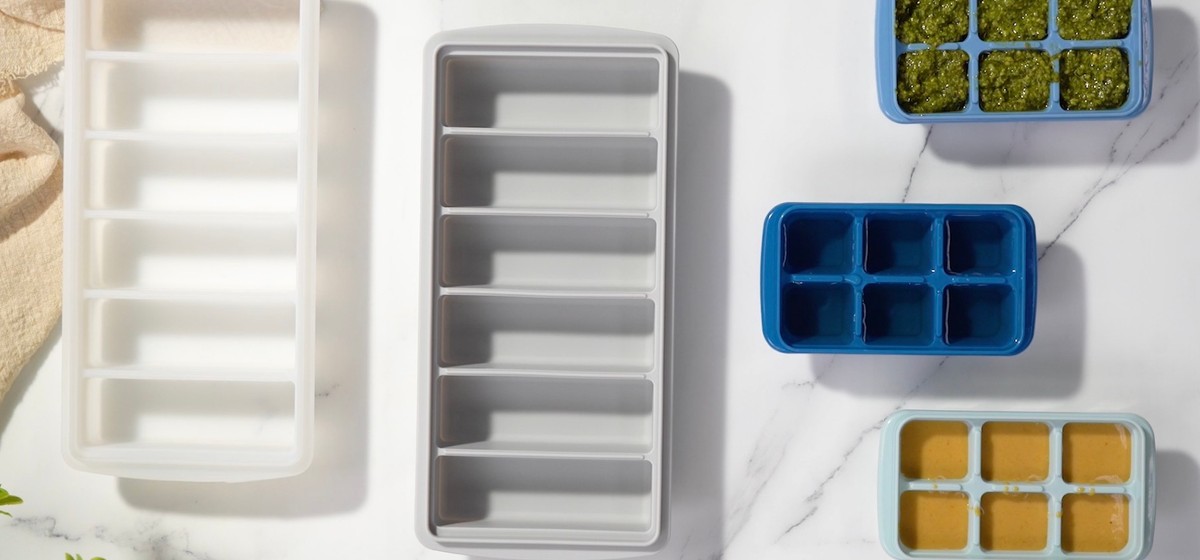
Use different ice cube trays to freeze all your leftover sauces and stocks.
To save space, reduce your stocks to a potent concentrate before you freeze them; you can pop the frozen cubes into a ziplock bag and always have homemade stock on hand. Use larger ice cube trays for thick sauces like marinara or pesto.
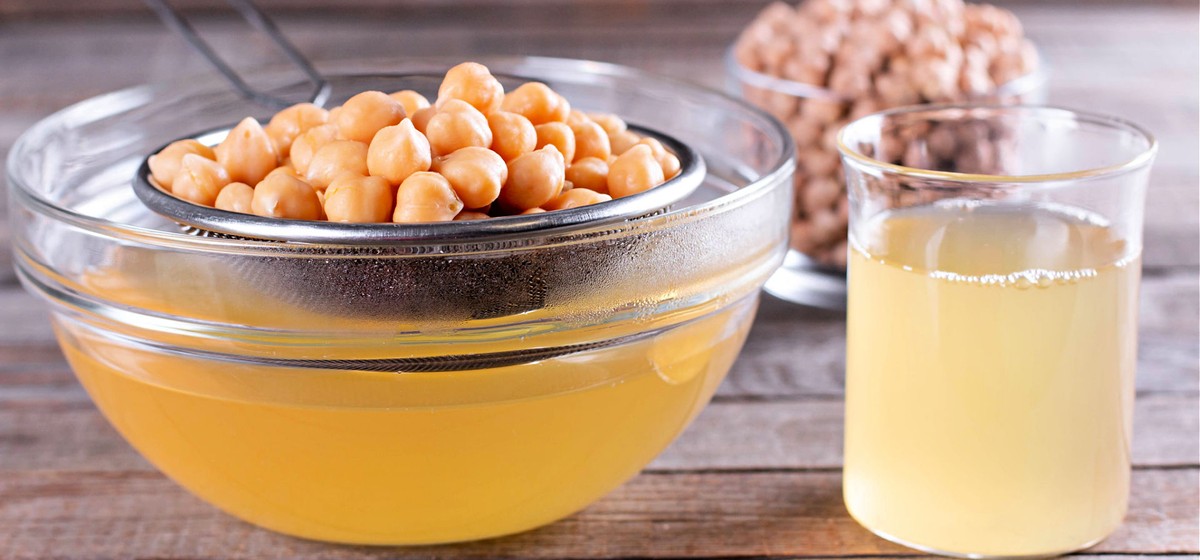
The liquid from garbanzo beans or chickpeas is also known as aquafaba. It got the name from Latin words for ‘water’ - ‘aqua,’ and ‘beans’ - ‘faba.’
Aquafaba was accidentally discovered by a vegan community and is an excellent vegan-friendly egg substitute. Because it acts as an egg white, it can be used in many recipes that call for it, like
vegan mayo, aquafaba meringue, chocolate mousse, and many other desserts.
In general, you can replace eggs with aquafaba in any recipe - substitute one whole egg with 3 tbsp of aquafaba.
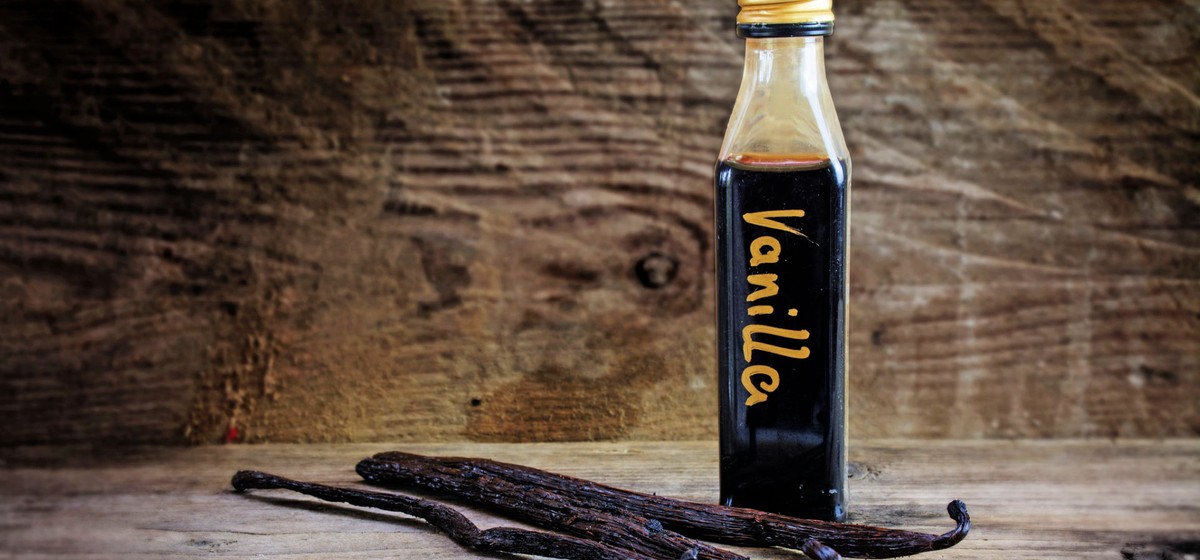
Don’t throw away vanilla bean pods after you have scraped out the seeds. Instead, get even more flavor out by making a homemade vanilla extract.
You need vodka, vanilla pods, and a sealable jar to DIY vanilla extract. Simply place your used pods in a jar, cover it with vodka, seal and put it in a dark place. The extract should be ready to use in five to six weeks, but the longer you leave it, the more infused vodka will get. You can add more used pods to the jar whenever you have them.
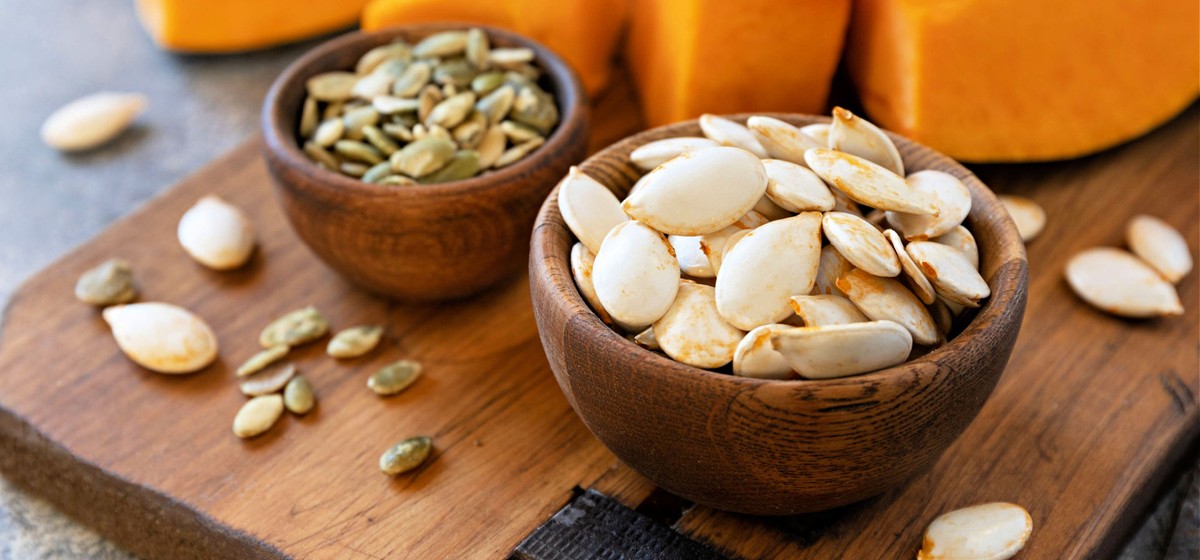
Don’t waste seeds from pumpkins or any other type of winter squash. Instead, learn how to roast them and have a healthy, delicious snack on hand at all times. Here’s a step-by-step guide to roasted pumpkin seeds to help.
When you're done scraping the kernels from your cob, make corn stock. Corn stock works wonders in chowders and can add an extra layer of flavor to cooked grains like rice, polenta, and quinoa.
Put the leftover cobs in a pot, cover it with water, and add some simple seasonings and an optional bay leaf. Bring it to a boil, reduce the heat and continue to simmer for 45 minutes to an hour. Take off the heat, remove the cobs, strain, and use when necessary. Like all stocks, corn stock can be refrigerated for several days or frozen for up to 3 months.
Don’t be hasty to get rid of pickle brine from store-bought pickles. You can reuse it to brine a new batch of pickles.
You can also add pickle brine to sauces like tartar or mayo for some extra zest, or take your Bloody Mary recipe to a whole new level.
There’s something special about dehydrated rice grains that takes the fried rice texture to the next level. Once the rice grains separate in your fried rice, it provides a fluffy texture rather than mushy fried rice. If you want to make fried rice like a pro, you should purposefully cook the rice one day ahead to have leftover rice to use.
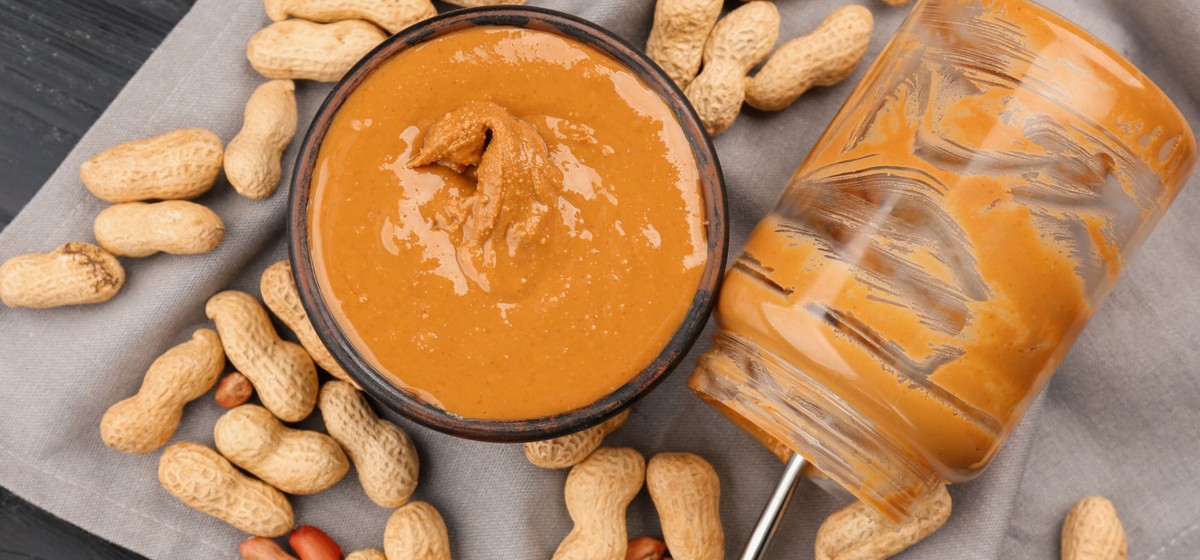
When you can’t spoon out any peanut butter from the bottom of the jar, there are still a couple of delicious things you can do with it.
You can add olive juice to sauces and marinades for an extra burst of flavor. And don’t forget that it is a must-have ingredient in a classic Dirty Martini.
Vegetable stems from kale, collards, or swiss chard might be too rough for salads, but they taste wonderful in soups. Add them into your veggie mix for thin, minestrone-style, or pureed soups. These leafy greens are not only full of nice earthy flavors but are also loaded with fiber, vitamins, and nutrients.
Make vegan-friendly bacon using banana peels - it’s chewy, crispy, and smoky! Perfect with banana pancakes, banana splits, or crumbled onto a salad.
Many recipes like hollandaise sauce, Carbonara, mayonnaise, or creme brulee call for egg yolks. So what can you do with all the leftover egg whites? Freeze them!
Freeze your leftover egg whites in individual ice cube trays. Thaw them overnight in the fridge and use them the same way you’d use fresh egg whites.
Think twice before pouring old wine down the drain. You can cook with old wine, adding it to stews or risottos - it will still work well and add the needed acidity.
Use old wine the same way as vinegar in salad dressings, vinaigrettes, sauces, and marinades.